Malicious Browser Extensions: A Rising Threat in Latin America and Strategic Implications
Executive Summary
A sophisticated phishing campaign has targeted Latin American users, deploying malicious browser extensions to compromise 722 individuals. These extensions were designed to extract sensitive banking credentials, highlighting the evolving threat landscape and the importance of robust cybersecurity measures.
Understanding the Rising Threat in Latin America
The recent infection of over 700 users across Latin America with malicious browser extensions for data theft underscores a growing trend in cybersecurity threats that exploit the digital browsing environment. As technological integration deepens across the region, cybercriminals are refining their tactics, leveraging browser vulnerabilities to circumvent traditional security measures. This incident raises important questions about the preparedness of financial institutions and individual users in addressing these challenges.
Future-Oriented SWOT Analysis
Strengths
- Increased Awareness: This event has brought significant attention to the vulnerabilities associated with browser extensions, prompting users and organisations to scrutinise their online tools.
- Technological Advancements: Development of sophisticated security software that can detect malicious browser extensions is likely to be prioritised.
Weaknesses
- Lack of User Vigilance: There is a notable lack of awareness and vigilance among users regarding the permissions granted to browser extensions.
- Patch Management: Many organisations struggle with timely updates and patch management, which can leave systems vulnerable.
Opportunities
- Enhanced Cybersecurity Protocols: Organisations will have the opportunity to develop and implement more robust security protocols specific to browser usage.
- Innovation Incentive: This incident could act as a catalyst for innovation in securing browser environments, opening avenues for new cybersecurity businesses.
Threats
- Evolving Cybercriminal Tactics: As detection mechanisms improve, cybercriminals may develop more sophisticated methodologies to bypass security barriers.
- Regulatory Pressures: Increasing cyber threats could lead to stricter data protection regulations, impacting business operations.
Radar Chart Visualization
Key Takeaways and Strategic Implications
- The incident highlights the necessity for stringent inspection of browser extensions by both developers and users.
- There is an urgent demand for enhanced collaboration between cybersecurity firms and financial institutions to pre-empt similar threats.
- Educational initiatives geared towards improving user awareness of phishing tactics and extension security are vital.
- Entities must invest in next-gen cybersecurity tools capable of detecting unconventional threat vectors such as browser-based attacks.
Source: Read the full article here
Source Information
Original Article: Malicious Browser Extensions Infect 722 Users Across Latin America Since Early 2025




















Discussion